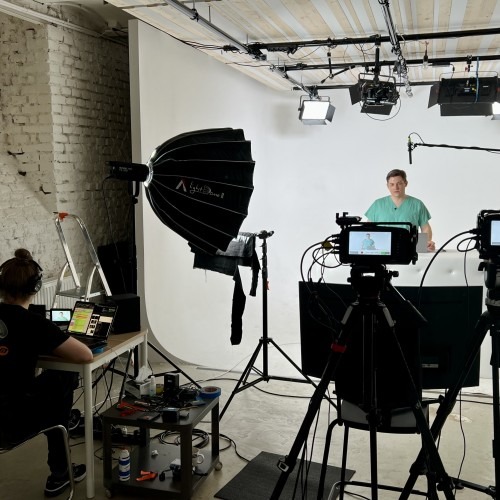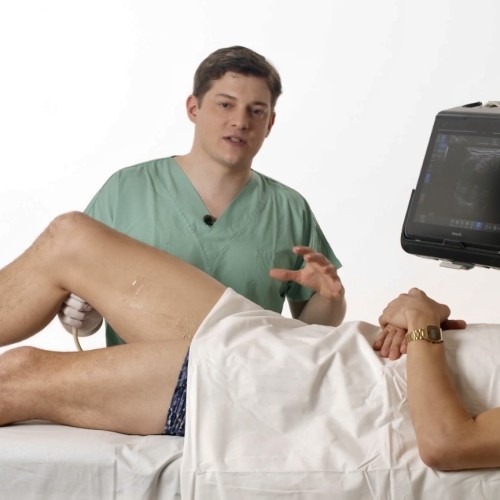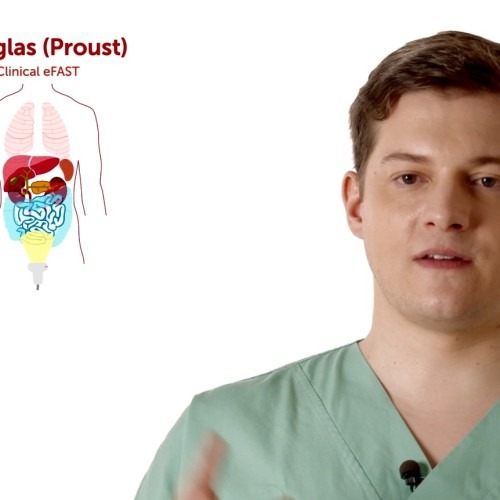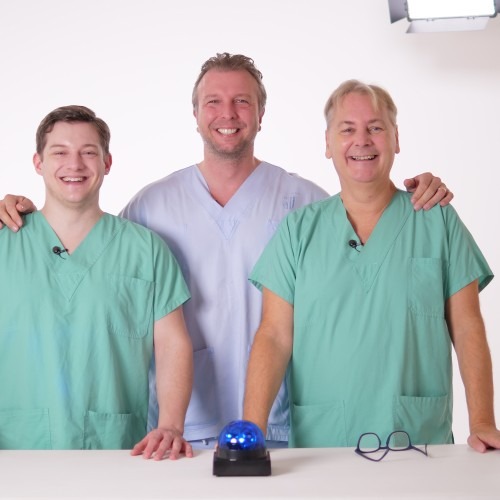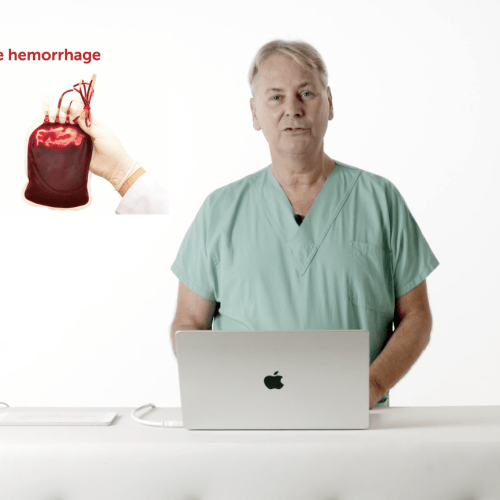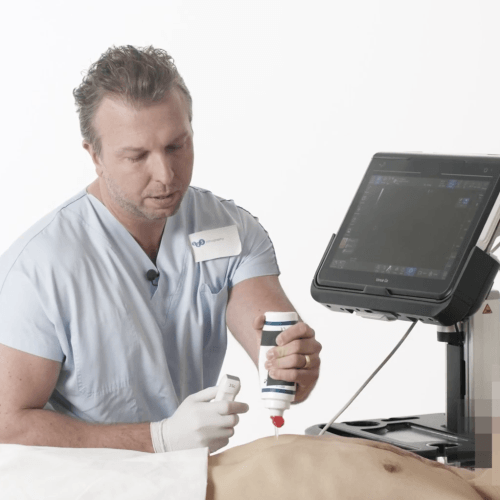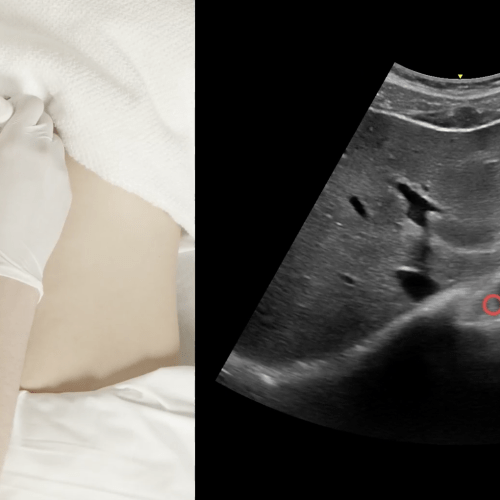The Emergency & Critical Care Ultrasound Essentials is for
Intensivists
Emergency and critical care physicians
Sonographers
Internists
Medical students
Cardiologists
Gastroenterologists
Primary care physicians
Anesthesiologists

Chapters
Introduction
Find out why POCUS ultrasound is so important in critical care scenarios, which approach you should use and which instrumentation you should use. In this chapter we will also show you how to apply POCUS ultrasound in cardiac arrest and cardiopulmonary resuscitation (CPR).
Heart
We will introduce you to the basic echocardiographic views used in emergency sonography and teach you the essentials around LVF and RVF, acute coronary syndrome, pericardial effusion, cardiac tamponade, and valvular heart disease.
Lung
Learn how to approach lung ultrasound for detecting and differentiating consolidations, pleural effusion, and pulmonary edema and how to diagnose pneumothorax with ultrasound.
Aorta
Master the topic of aortic pathologies, learn to quickly recognize aneurysms and dissections and make sure you don't miss the diagnosis of aortic rupture. Many ultrasound image examples and live demos will guide you through this topic.
Pulmonary Embolism - DVT
Did you know that there are direct and indirect signs of pulmonary embolisms that you can find in lung ultrasound? We teach you how to link them to your clinical findings. We also demonstrate how to diagnose or rule out a deep vein thrombosis of the lower extremity.
Clinical eFAST in abdominal pain
Learn how to use the eFAST protocol in trauma settings and in a clinically oriented ultrasound of the heart, lungs, and abdomen in patients with acute abdominal pain, chest pain, or dyspnea.
Hypotension, shock and syncope
Find out why echo is essential in hypotension, syncope, and different kinds of shock! We teach you a simple approach to this broad topic and put everything into context with many case examples.





